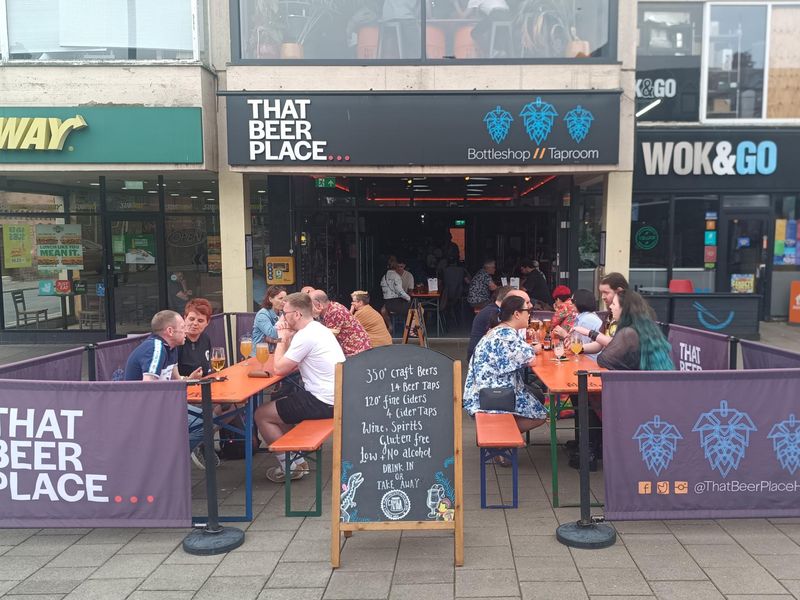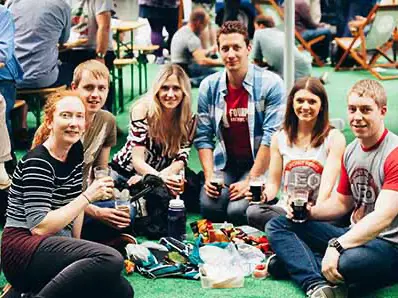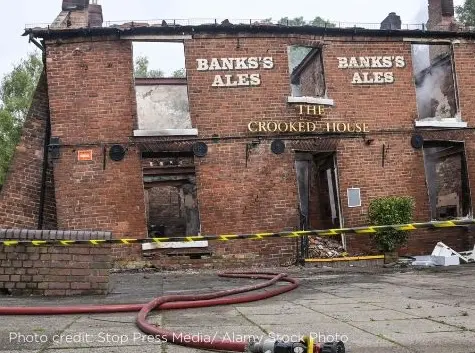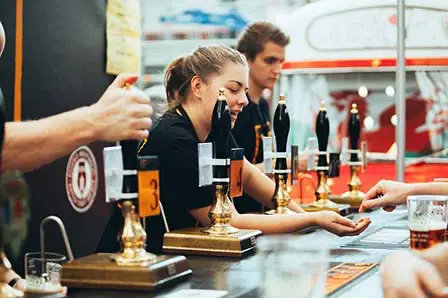About 60 per cent of pubs and bars within 40 miles of small breweries are inaccessible as major brewers and some pubcos restrict access.
A new report shows that while demand for independent beer remains strong, UK brewers face “heavy headwinds" from market access restriction, taxation and reduced alcohol consumption.
The Society of Independent Brewers and Associates (SIBA) in its Independent Beer Report 2025 found the current economic conditions threaten to blow the industry off course.
The report paints a troubled industry. While average production climbed 10 per cent, nearly half (46 per cent) of independent brewers say their main priority is survival and almost a third (29 per cent) expect turnover to fall.
The research showed the average production of independent breweries last year climbed 10 per cent, compared to an overall beer sector where national beer sales are down one per cent and now stand 6.6 per cent below pre-pandemic levels.
For independent breweries, the increasing popularity of porters, stouts, craft lagers and no- and low-alcohol (nolo) beers helped drive growth.
With average production among independent brewers increasing, it is stouts, lagers and nolo beers that are leading the way, with 24 per cent on average now going into keg beers.
But it’s not all good news for the indie beer sector, as at the same time, the number of independent breweries fell by 5.5 per cent, with around 100 closing their doors and others merging to survive, with pubs and hospitality venues continuing to close.
The volatile trading environment had a cooling impact on the sector with 80 per cent of breweries surveyed making no major investments in their business last year.
While breweries still intend to create more than 500 jobs this year, this is a significant drop from last year’s nearly 800 jobs.
SIBA chief executive Andy Slee said: “Time and time again, the research shows that there is high demand for the innovative, interesting and tasty beers that indie brewers are best at making.”
“Our members are great at adapting to changing tastes and have increased the number of stouts, lagers and nolo beers on offer. Which has helped drive a double-digit growth in production among indie brewers.
“However, the current global trade anxiety and tax changes in the UK are making it a challenging market and indie brewers can’t get their foot in the door to get their beers to the customer.
“Our members currently have around 6 per cent of the market and, where they are allowed to compete against global breweries, they could have 30 per cent market share.
“This lack of access means that beer drinkers are missing out, indie breweries are facing heavy headwinds to growth meaning fewer jobs are being created.”

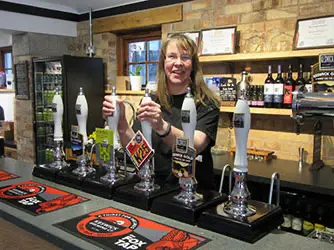
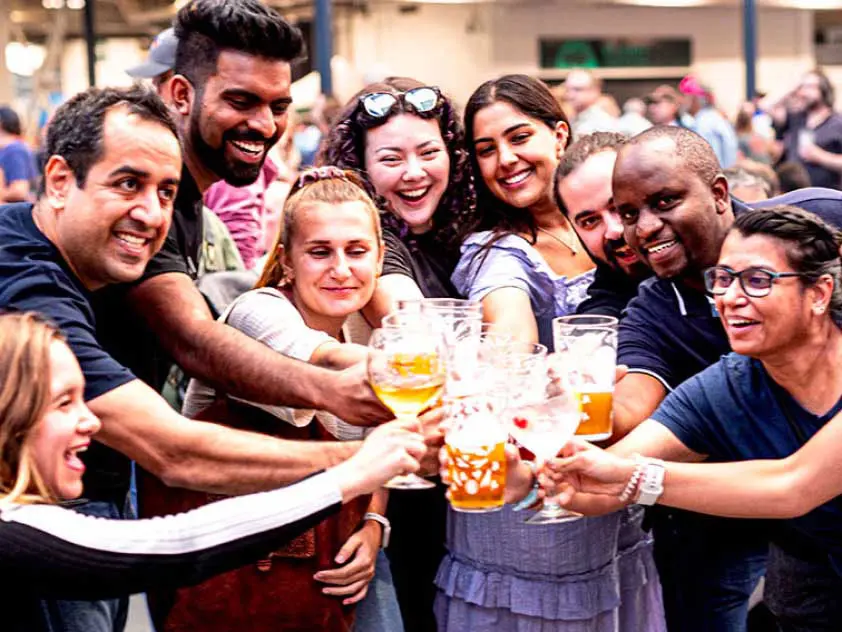
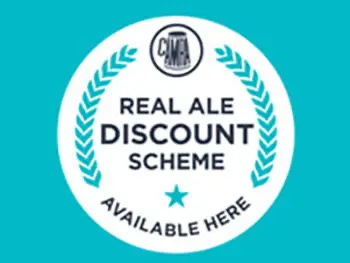
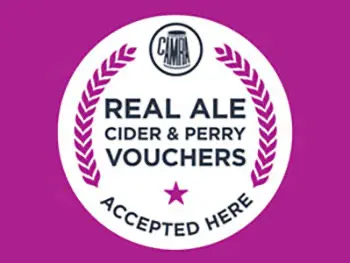

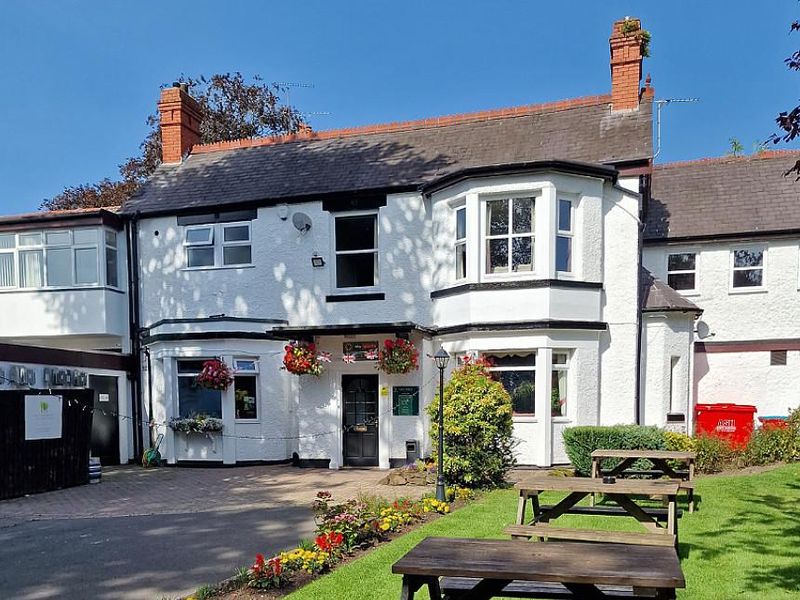

-popup_image.jpg)




